The lands of the living
First floor, rooms 4-8
The caves overlooking the sheer sea cliffs, villages of huts, the first stone made Nuragic structure, the luxury Roman villa on the beach, the sober medieval houses in the old town: over time, the ways of life change shape and appearance and tell the evolution of the settlements and communities that have settled in the area.
In the second section of the Museum the artifacts reveal the habits and everyday life of people living in the same places, but in different eras.
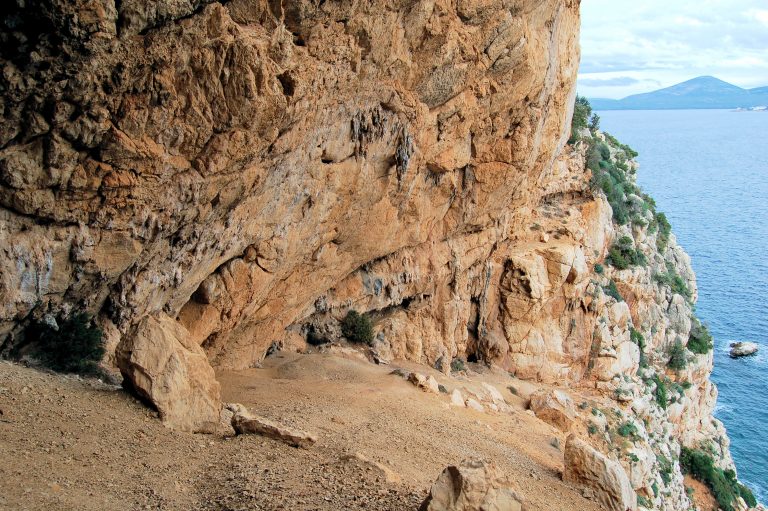
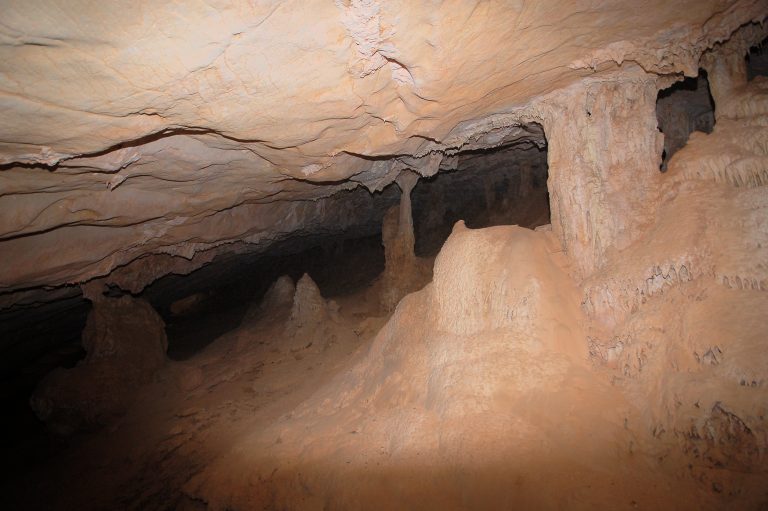
The trail starts with the ceramics dating back to the Ancient Neolithic, these potteries have been found in the sea caves along the coast, site of the first human settlements in the area.
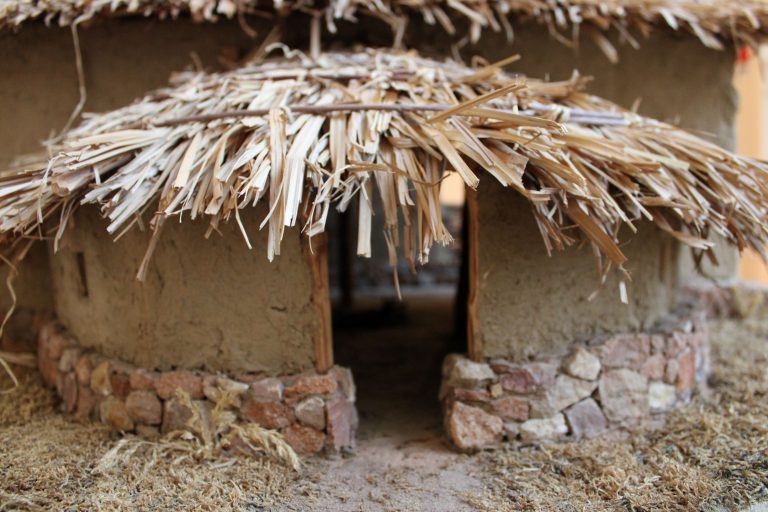
Remaining in the Neolithic, we have the reproduction of a Pre-Nuragic hut. The museum houses a model built on the study of coeval burial sites, which had inside references to architectural elements of the dwellings of living people.
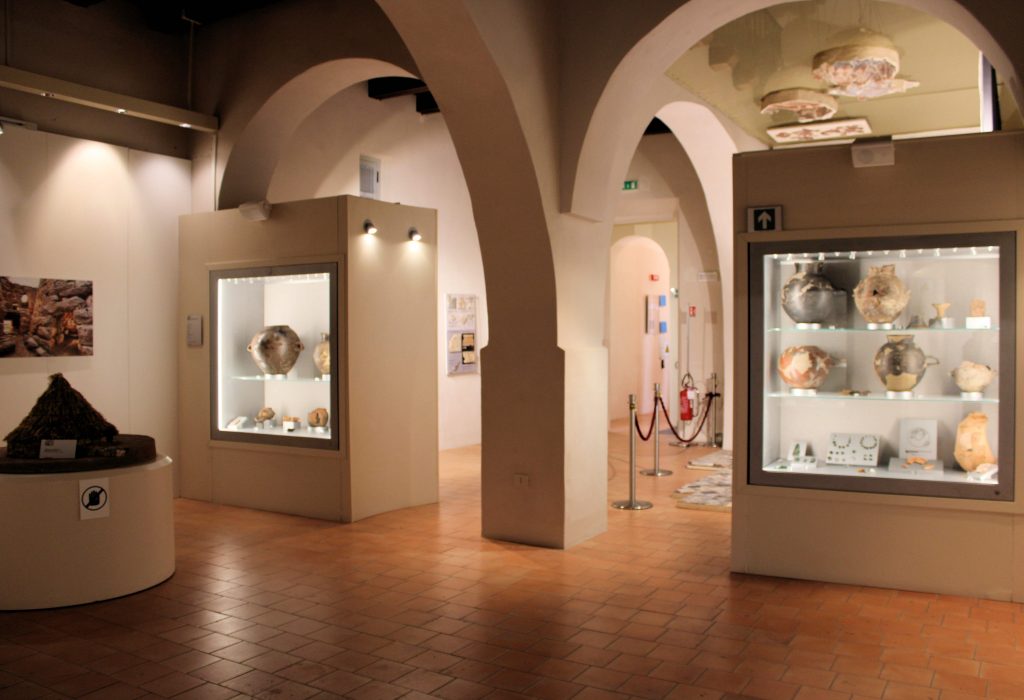
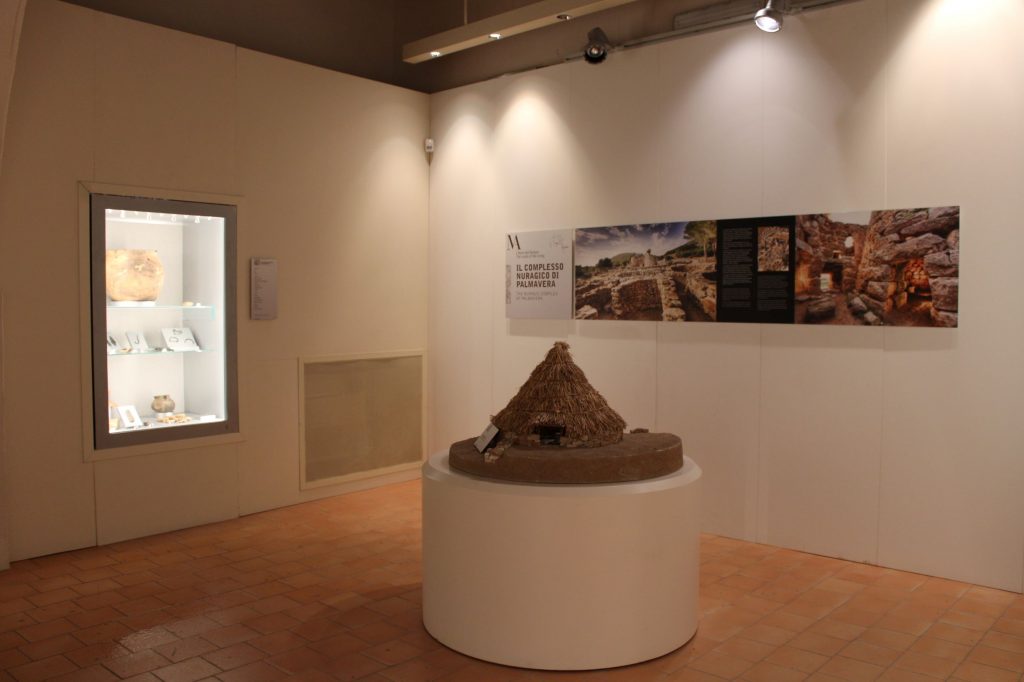
We now pass to the Nuraghes present throughout the territory, as well as the huts surrounding the imposing Nuragic complex of Palmavera. This nuragic village, just a few steps from the beach, preserves traces of the inhabitants’ main activities: fishing, weaving, animal husbandry and hunting.

Further on, the trail takes the visitor to the splendour of the sea-view villa at Sant’Imbenia, located within the Bay of Porto Conte, which probably belonged to a wealthy family from the Roman period.
The restoration and reconstruction of room of the villa within the museum is considered among the most notable examples in Italy. The museum project restores the villa to its original opulence and luxury, plunging visitors into the lifestyle of the period.
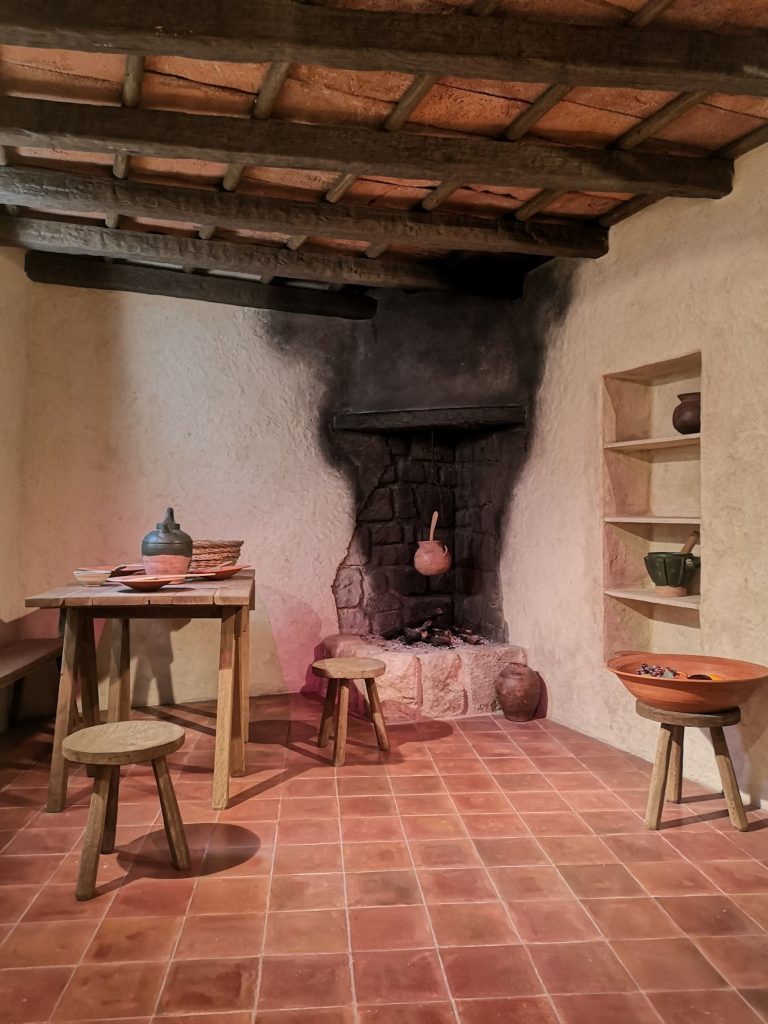
The route ends in the medieval fortress town. Excavations have revealed everyday objects that offer important information on the birth and development of the urban centre.
